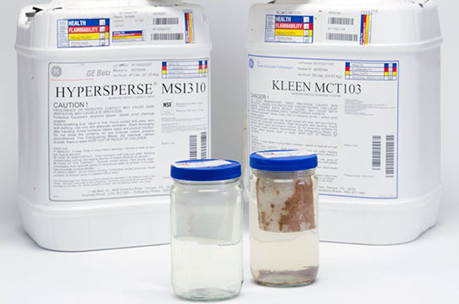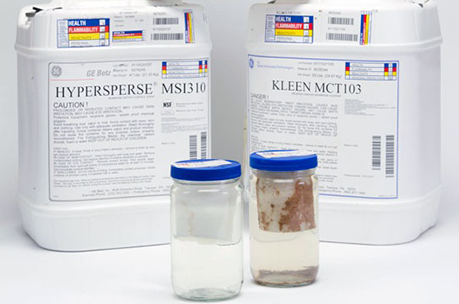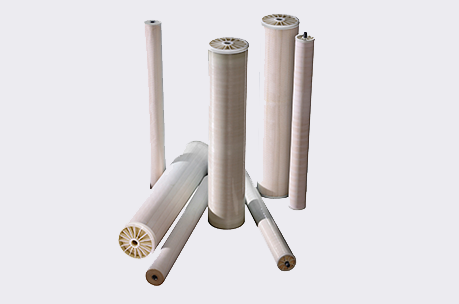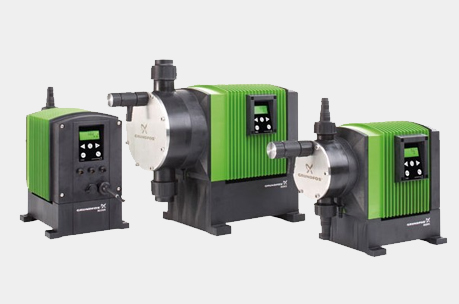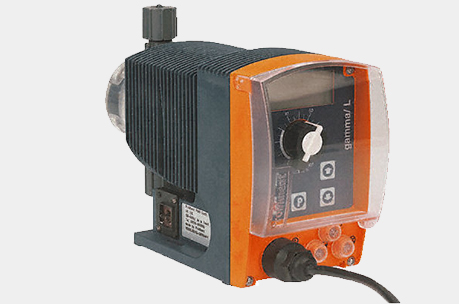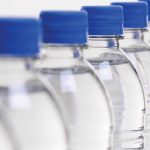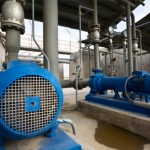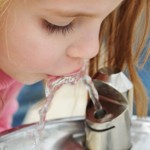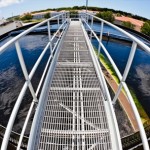Clean-in-Place (CIP)
For Sale
Models Available
CIP Chemicals and CIP Service
Manufacturer
Suez (Formerly GE Water) / Minncare / Chemtreat
Description
A reverse osmosis unit's reliability is an important consideration for anyone dependent on its smooth operation. Routine membrane cleaning and system maintenance is essential for dependable operation.
Good maintenance practices improve reliability and reduce operating costs. Treatment chemicals can be an important part of a comprehensive maintenance program. Preventative maintenance can be enhanced through the targeted use of chemicals to minimize fouling, deposition and precipitated scales. When circumstances call for remedial action to restore performance, specialized chemicals can bring a system back to acceptable operation at a reasonable use cost. These materials can be applied on-site by the user, or the process can be performed off-site with several additional benefits.
Introduction
When a new set of reverse osmosis elements is installed, performance begins to decline immediately. Membrane manufacturers tell us that normalized flux declines by roughly 10% in the first 30 days of operation. This is truly a best case scenario, as it takes into account only the properties of the reverse osmosis membrane itself and does not take into account the many physical, chemical and biological processes that may combine to further reduce membrane performance.
Feedwater quality is a major determinant in the rate of performance decline a membrane system experiences. Suspended materials present in the water source foul elements beginning with the first stage. This can result in increased pressure differential and reduced flux. Dissolved minerals are concentrated as the feed passes through the brine-side of the membranes. As the mineral concentrations increase beyond saturation, salts precipitate. These salts tend to form in the tail elements first. The result is reduced flux and increased pressure drops in the final array. Bacteria can grow in any water, but they grow best in warm waters, and their optimal growth range overlaps with the typical feedwater temperature of reverse osmosis systems. Also, bacterial slimes can form in any part of the system. In practical experience, no one type of fouling occurs in isolation. In fact, each can influence the others, and it is common to have more than one problem foulant.
Recommendations for Clean-in-Place
Successful CIP requires planning and proper control of key system parameters. The most important parameters for cleaning are the cleaning chemistry, solution temperature, flow rate per vessel, pressure drop and use of soak times. Frequently, the effects of temperature, flow and soak times are ignored. Bear in mind that most reverse osmosis systems experience mixed deposits, so a single cleaning may not be effective.
H2O Engineering has a dedicated and experienced Service and O&M Team. Schedule your routine maintenance today!
Antiscalant
For Sale
Models Available
Hypersperse MDC and MSI Antiscalants
Manufacturer
Suez (Formerly GE Water) / Chemtreat / Avista
Description
Our pretreatment program is designed to significantly reduce scale formation and fouling in membrane systems.
DetailsHypersperse MDC series offers protection against scale and colloidal foulants, while the Hypersperse MSI series offers additional control of silica scale.
The use of our chemistries improves efficacy against a broad range of scale-forming substances and keeps fouling material in suspension. Common foulants and scalants include calcium carbonate, calcium sulfate, barium sulfate, strontium sulfate, calcium fluoride, iron, colloidal material, silica and other organic contaminants.
Benefits and Features
- Effectively control scales including silica, calcium carbonate, calcium sulfate, barium sulfate, and strontium sulfate
- Compatible with the leading reverse osmosis (RO) and nanofiltration (NF) membranes
- Maintain cleaner membrane surfaces by dispersing particulate foulants
- RO systems can be run at higher recovery rates, which translates to lower operating costs
- Products available with multiple global regulatory approvals
- Non-P products available
- Effective over a wide pH range
- May be fed neat or diluted
- Coagulant compatible products available that can be used with SoliSep* MPT series products
Available Products
MDC120, MDC150, MDC151, MDC170, MDC220, MDC700, MDC704, MDC706, MDC708, MDC711, MDC714, MDC772, MDC775, MDC776, MSI310, MSI410
Description and Use
Hypersperse antiscalants are highly effective liquid products developed to control scale precipitates and reduce particulate fouling within membrane separation systems.
Excellent results are achieved in membrane separation processes including reverse osmosis, nanofiltration and electrodialysis reversal (EDR).
Dosing
Typical dosage range is between 0.5 and 4 mg/L. To determine the adequate dose rate for a certain system it is recommended to use the Argo Analyzer* simulation software. It will provide the appropriate application dosage based on the specific water chemistry and system design.
Argo Analyzer is a tool designed to provide guidance on the best choice of antiscalant treatment for RO systems. This software is very accurate in recommending the best Hypersperse product, the correct dosage and further guidelines for reverse osmosis systems. It also gives information about cleaner selection and cleaning procedures. .
Sodium Bisulfite
For Sale
Models Available
SBS
Manufacturer
Suez (Formerly GE Water)
Description
Sodium Bisulfite is a very cost-effective product used to remove free and combined chlorine from reverse osmosis and ultrafiltration feed waters.
Feed waters to membrane systems often contain chlorine to treat and prevent microbiological growth prior to the membrane separation process. This chlorine, however, can irreversibly damage thin film composite membranes by oxidizing the membrane surface. The sodium bisulfite quickly deactivates chlorine and protects membranes from damage.
Chemistry of Dechlorination
Deactivation of chlorine by sodium bisulfite:
NaHSO3 + HOCl → NaHSO4 + HCl
Sodium Bisulfite + Hypochlorous Acid → Sodium Bisulfate + Hydrochloric Acid
GRUNDFOS Chemical Dosing Pumps
For Sale
Models Available
DDA/DDC/DDE
Manufacturer
GRUNDFOS
Description
The SMART Digital DDA, DDC and DDE models with powerful variable-speed stepper motors bring state-of-the art technology to perfection.
DetailsThe included click-stop mounting plate is an example of the unique flexibility offered, with only a few variants. Easy handling and perfect overview and control ensure simple installation, commissioning and operation. The pump monitors the dosing process of liquids when the FlowControl function is activated, for advanced process reliability with accuracy of 1% of setpoint
DDA Models
• High-end solution for complex and demanding applications
• Flow and pressure up to 8 gph and up to 232 psi
• Auto-deaeration during pump standby
• Flexible Fieldbus control
• Turn-down ratio 3000:1 with constant 100% stroke length
DDC Models
• Optimal price-performance ratio
• Flow and pressure up to 4 gph and up to 145 psi
• Two SlowMode functions (25% and 50%), calibration mode,
service display
• External stop, dual-level tank control, 2 relay outputs
DDE Models
• Digital Dosing™ even for the low budget segment
• Flow and pressure from 0.0015 to 4 gph and up to 145 psi; two
models cover entire range
• Control options: manual control 0.1-100 %, pulse in % of stroke
volume
• External stop, empty tank control
